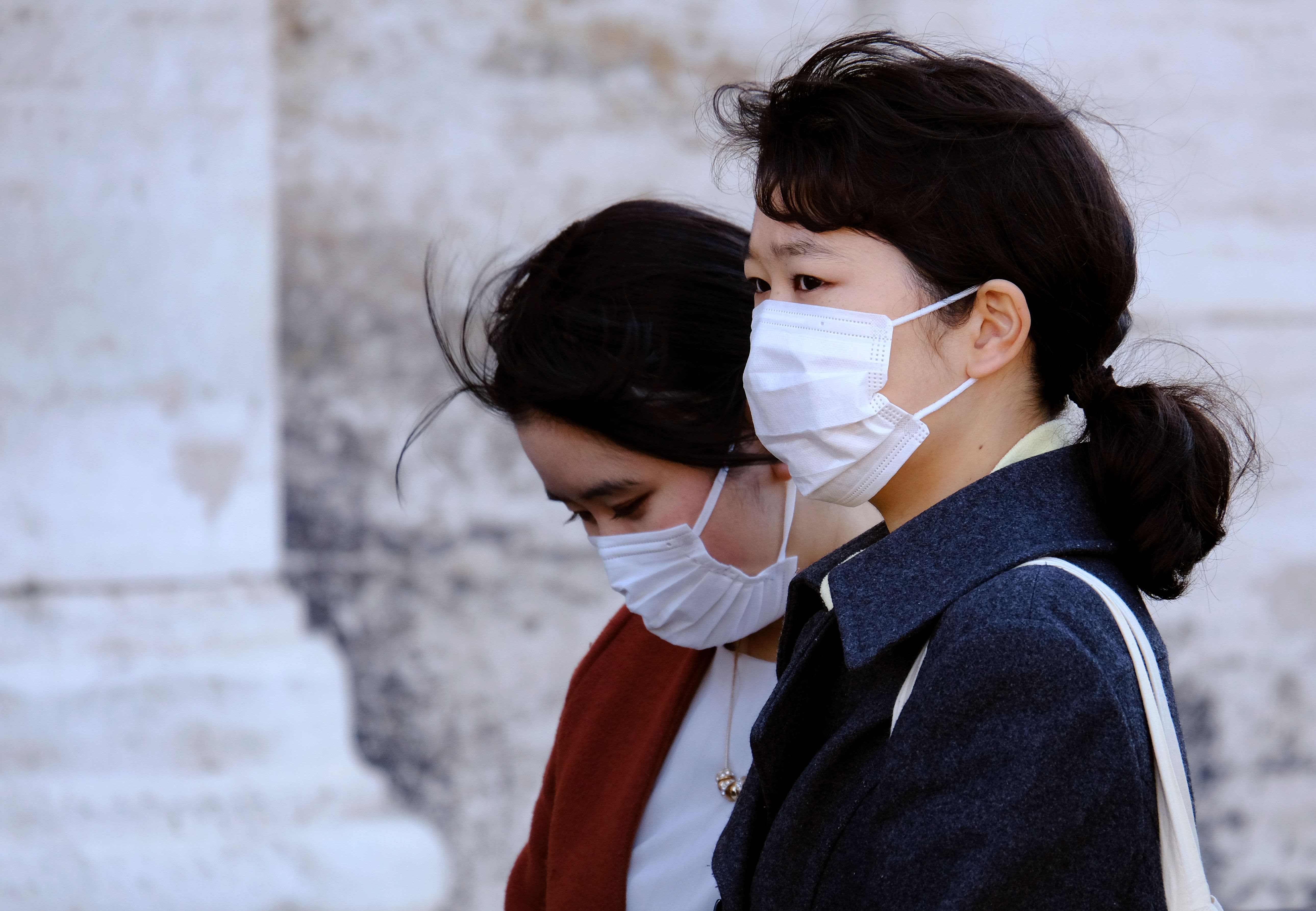Tourists wearing a protective respiratory mask tour outside the Colosseo monument (Colisee, Coliseum) in downtown Rome on February 28, 2020 amid fear of Covid-19 epidemic.
Andreas Solaro | CFP | Getty Images
World Health Organization officials said Friday they are increasing the risk assessment of the coronavirus, which has spread to at least 49 countries in a matter of weeks, to “very high” across the world.
“We have now increased our assessment of the risk of spread and the risk of impact of COVID-19 to very high at global level,” Tedros Adhanom Ghebreyesus, director-general of WHO, said during a press briefing at the agency’s headquarters in Geneva.
Outside of China, there are 4,351 cases across at least 48 countries, including 67 deaths as of Friday morning, Tedros said. At 23 countries have only reported one case. He said health officials are seeing “linked epidemics of COVID-19 in several countries, but most cases can still be traced to known contacts or clusters of cases.”
“We do not see evidence as yet that the virus is spreading freely in communities,” he added.
Denmark, Estonia, Lithuania, Netherlands and Nigeria all reported their first cases on Thursday, Tedros said. All these cases have links to Italy, he added.
Tedros reiterated that the virus could turn into a pandemic. He urged against fear and panic, adding, “our greatest enemy right now is not the virus itself. It’s fear, rumors and stigma.”
On Wednesday, WHO officials said the number of new COVID-19 cases outside China exceeded those inside the country for the first time. Tedros said Thursday that countries must act “swiftly” and “aggressively” to contain the virus.
“With the right measures, it can be contained,” he said at the time, adding countries should begin thinking about whether they have proper isolation units, medical supplies and other vital equipment.
Dr. Mike Ryan, executive director of the World Health Organization’s health emergencies program, told reporters on Friday that containing the virus and interrupting transmission gives officials an opportunity to stop the virus.
“But what it’s clearly doing as you’ve seen in China and Singapore, it’s slowing the virus down and allowing us to get ready to prepare,” he said.
Ryan added that data does not currently support health officials declaring the virus a global pandemic.
“If we say there’s a pandemic of coronavirus, we’re essentially accepting that every human on the planet will be exposed to that virus,” he said. “The data does not support that as yet and China have clearly shown that that’s not necessarily the natural outcome of this event if we take action, if we move quickly, if we do the things we need to do.”
Health officials have said the respiratory disease is capable of spreading through human-to-human contact, droplets carried through sneezing and coughing and germs left on inanimate objects. The virus appears to be particularly troublesome for older people and those with underlying health conditions, health officials have said. Symptoms can include a sore throat, runny nose, fever or pneumonia and can progress all the way to multiple organ failure or death in some severe cases, they said.
Dr. Maria Van Kerkhove, head of WHO’s emerging diseases and zoonosis unit, said that right now scientists believe there’s no reason to think the virus would act differently in different climate settings.
CNBC’s Will Feuer and Noah Higgins-Dunn contributed to this article.
